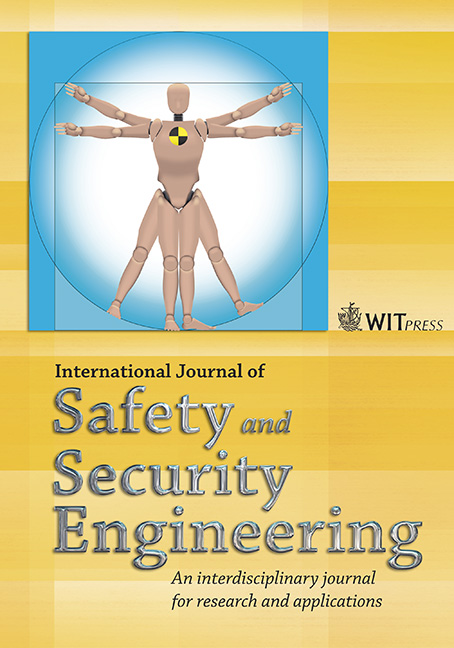Examining safety of electronic signs: Using ordinal logistic regression on speeding
Price
Free (open access)
Volume
Volume 4 (2014), Issue 4
Pages
8
Page Range
306 - 314
Paper DOI
10.2495/SAFE-V4-N4-306-314
Copyright
WIT Press
Author(s)
Z. EBRAHIM & H. NIKRAZ
Abstract
Speeding continued to be of alarming concern for many countries. This paper aims to focus on highlighting speeders characteristics on 40 km/h on a busy urban road with high pedestrian movement. This case study utilised the ordinal logistic regression model to test four predictors. Three of which were age and gender of the driver and the time of day drivers were detected speeding. Whereas the fourth explanatory variable is the ‘period’ of the installation of the signs, which tests the usefulness of electronic signs. The study found that the driver’s age contributes slightly to risky speeding behaviours, and older drivers speed less. Time of the day was found to be significant in the model, with a higher number of TINs being recorded in the afternoon than in the morning. Although gender was not found to be a significant predictor, it was shown to produce results similar to speeding data recorded in Perth roads with males speeding slightly more than females. This difference was more pronounced when higher speeding levels were compared. The period variable in the model relating to the installation of the signs was significant, with drivers slowing down after the installation of the flashing 40 km/h electronic signs compared with before the installations This may prove the usefulness of such signs in reducing speeding behaviour. Hence, reducing harm by reducing frequency and severity of crashes.
Keywords
Multinomial logistic regression, ordinal logistic regression, speeding




